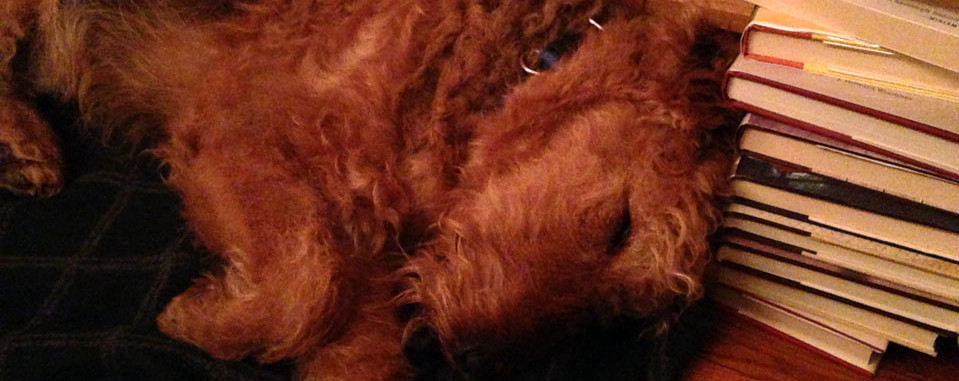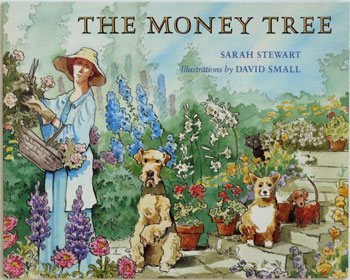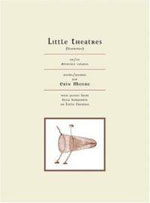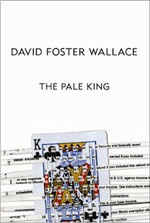
“A time capsule buried at Maple Leaf Gardens in 1931 and revealed on Thursday (January 26, 2012) contains an NHL rule book, a municipal code, financial information on the team and a tiny carved ivory elephant of mysterious origin.”(1)
Hockey in all its forms, in all its lore, never fails to captivate many Canadians. But do we listen carefully to those voices from the distant (1931 NHL rule book …) and more recent past?
The Game by Ken Dryden, first published in 1983, offers enduring contributions to sport literature, non-fiction and Canadian literature. Considering it comes straight from one of the most accomplished players of the sport (written by him, not mediated through an interviewer or ghost writer), the book intrigues and challenges because it’s not entirely a celebration of the sport of hockey, but a reverential and at times very troubled examination of it. The Game is neither a light nor quick read, but it’s an absorbing and thoughtful reflection on the game of hockey and the experience of being part of a team. The book will fascinate fans and students of the sport as well as those interested in the history, psychology and national resonances and significance of this particular sport.
This reader’s patently unscientific observation is that some of the best sports commentators that played sports themselves are those that have a full, clear and at times undisturbed view of the expanse of the playing field for most of the game – players such as catchers in baseball and goalies in hockey. That premise is perhaps debatable, because hockey lore and culture will also attest to goalies often being singular, separate by choice from the rest of their teams and even eccentric. At any rate, I’ll use the positive aspects of that premise to suggest that makes Ken Dryden an especially thoughtful and clear-eyed analyst – as close as you can get to objective – of Canada’s national sport.
Dryden approaches the game from many different angles, from the professional and technical, to the cultural, the personal and the philosophical. Some of the most engaging sequences in The Game capture the experience of working as part of a team, from the often rollicking accounts of travel and locker room camaraderie, to the continuum from grueling physical commitment to the collective euphoria when teammates come together as one and strive for victory. Most intriguing are Dryden’s incisive reflections on the individual experience of and effects of being part of a team:
The great satisfaction of playing goal comes form the challenge it presents. Simply stated, it is to give the team what it needs, when it needs it, not when I feel well-rested, injury-free, warmed-up, psyched-up, healthy, happy, and able to give it, but when the team needs it.
The Game is one of five contenders for the 2012 rendition of Canada Reads, which seeks – through longlist and shortlist popular votes followed by a final round of debates with celebrity book advocates – to find the memoir, biography or work of literary non-fiction that would be meaningful for the entire country to read. Part of the lead-up to the debates in early February has included online chats on the CBC web site with the authors of the contending books. Dryden eloquently stick handled reader questions during his turn(2), and I was pleased to be able to pose this to him:
Q. Throughout The Game but especially towards the end of the book, I found your reflections on being an individual, being part of a team, and finding one’s individuality by being part of a team to be really resonant. Do you think that being part of a team in some form or another (sports, but also other activities, like music, etc.) should be a formative part of everyone’s upbringing?
A. It is always hard to find the mix that feels right about being an individual and being part of a group. Sometimes a group forces the best out in you; sometimes a group takes away what you most fundamentally and forces you into a role that isn’t you. But we will all live our lives in both circumstances, and we’d better find a way of learning how to be good at both. So, yes, I think it’s crucial to have those group and solitary experiences. And almost nothing now that is truly important gets achieved now by just an individual.
As I was rereading The Game in advance of the Canada Reads debates, it just so happens I was also rereading The Antagonist by Lynn Coady (yes, it’s that good – a discussion for a future review, I hope). The story of a troubled former hockey enforcer, Coady’s protagonist actually finds solace in the purity of the physical pleasure of the game and being part of a team. This line from The Antagonist certainly echoed what I was reading at the same time in The Game:
“team in the purest sense – when you’re as individual as you’ve ever been knowing you’re completely unalone. Completely with.”(3)
While its reflections on the essence of team and teamwork were most appealing to this reader, there are many other interesting layers and threads to The Game. Dryden’s childhood reminiscences are lively and charming, particularly of the uniquely configured backyard that made his home the destination for all the sports-loving neighbourhood children. The Game also purveys a hefty slice of sports history: a fabled sports franchise at a storied pinnacle, featuring and going behind the scenes with some of the sport’s greatest players and coaches. If you’re a fan and familiar with that era, the names and talents and signature moves will leap from the page. Even if you’re not familiar with them, Dryden creates a balance of veneration and down-to-earth insights around those superstars that will draw you in. As well, Dryden gives equal and respectful consideration to the sports journeymen and to others supporting the game behind the scenes that gives a well-rounded picture of how the sport is served up to its avid spectators.
Dryden’s pointed observations about the NHL’s rationale for tolerating violence (remember, this was first published in1983) are, sadly, still relevant today. In that regard, The Game is most assuredly not a sealed time capsule, but still part of the ongoing debate. As he summed it up:
The NHL theory of violence goes something like this: Hockey is by its nature a violent game. Played in an area confined by boards and unbreakable glass, by players carrying sticks travelling at speeds approaching 30 miles per hour, collisions occur, and because they occur, the rules specifically permit them, with only some exceptions. But whether legal or illegal, accidental or not, such collisions can cause violent feelings, and violent feelings with a stick in your hands are dangerous, potentially lethal feelings. It is crucial, therefore, that these feelings be vented quickly before anger and frustration explode into savage overreaction, channelled towards, if not desirable, at least more tolerable, directions. In essence, this is Freud’s “drive-discharge” theory of human aggression.(4)
… and as he responds:
The NHL is wrong … if Freud was right, anthropologist Desmond Morris is also right. As Morris believes, anger released, though sometimes therapeutic, is sometimes inflammatory; that is, by fighting, two players may get violent feelings out of their systems, or, by fighting they may create new violent feelings to make further release (more fighting) necessary. If Freud was right, the NHL is also wrong believing as it does that fighting and stick-swinging represent the only channels by which violent feelings can be released. Anger and frustration can be released within the rules, by skating faster, by shooting harder, by doing relentless, dogged violence on an opponent’s mind, as Bjorn Borg, Pete Rose and Bob Gainey do. If Freud was right and anger released is anger spent, then a right hook given is a body-check missed, and by permitting fighting, the NHL discourages determined, inspired play as retaliation.(5)
Dryden’s observations again are balanced. He posits with the passion of someone who has been literally in the midst of the collisions and skirmishes and their aftermath, and with the level-headed analysis and supporting arguments of the lawyer and politician he became after he left the sport.
Again, I was pleased to follow up with him on these contentious aspects of the sport during the Canada Reads online chat:
Q. I learned a lot about the evolution of how the game of hockey is played – the strategic, tactical and physical changes – from The Game. I think that should be a primer for anyone aspiring to play, to manage, to own a team, to make policy associated with hockey at any level. Do you feel anyone in the hockey world – amateur or professional – has a sense of that evolution and heeds today what you highlighted back in the 1980s?
A. I think all of us tend to forget our own histories. And history is particularly important now when we see all the head injuries and yet any suggestions as to changes is met with the answer – you can’t do that. That would be changing the nature of the game. If we knew that history, we would know that this game is always changing – once hockey was played 7-against-7 with no substitutions and until the 1920s without the forward pass. These things transformed how hockey is played and it is a much better game because of it. We are at a moment where we need to know we can change again, and again make hockey a better game.
By turns thoughtfully, almost coolly erudite (although maybe Don Cherry has also spoken about Freud’s “drive-discharge” theory of human aggression, and I just missed it because I mute Coach’s Corner) … and warmly heartfelt, The Game is a cornerstone Canadian work. It’s not a hermetically sealed and concealed time capsule, intriguing but frozen in time. It’s still current and relevant today.
Notes:
1. Maple Leaf Gardens time capsule offers peek at 1931
Conn Smythe’s son has theory of mysterious ivory elephant’s origin
CBC News (January 26, 2012)
2. Transcript of CBC Books live chat with Ken Dryden (January 5, 2012)
3. The Antagonist, by Lynn Coady (2011, House of Anansi Press), p. 118
4. The Game, by Ken Dryden (1984 edition, Totem Books) p. 189
5. The Game, by Ken Dryden (1984 edition, Totem Books) p. 190
See also:
Ken Dryden on how he writes
My reviews of other Canada Reads 2012 finalists:





